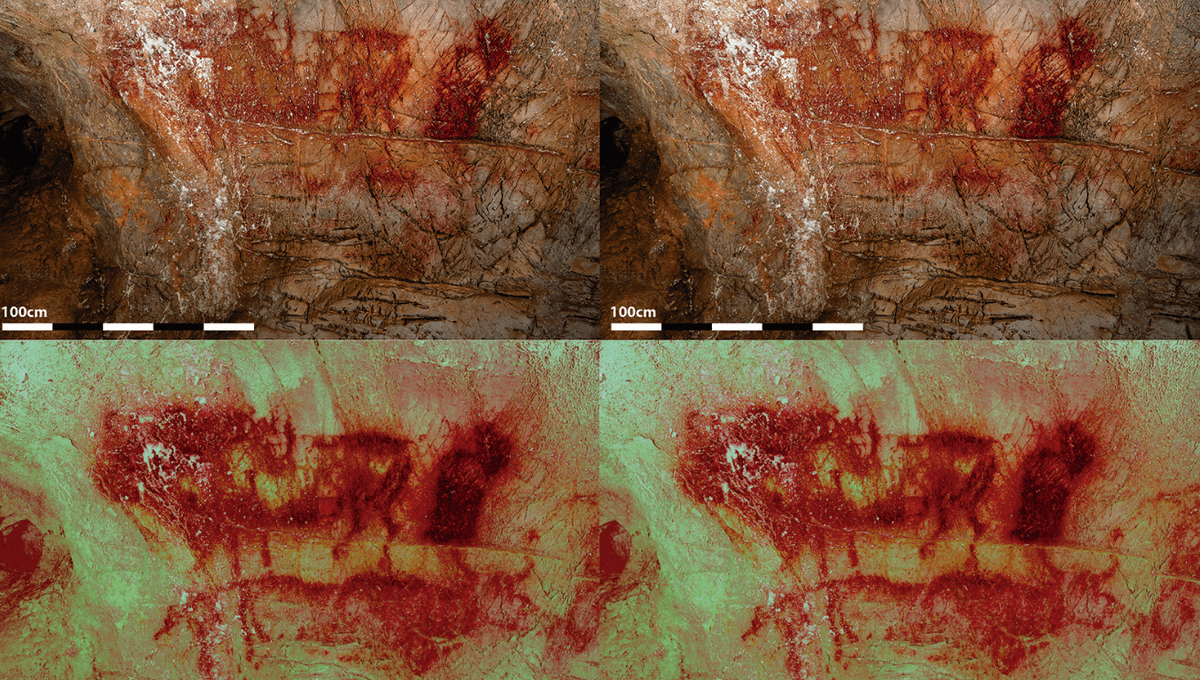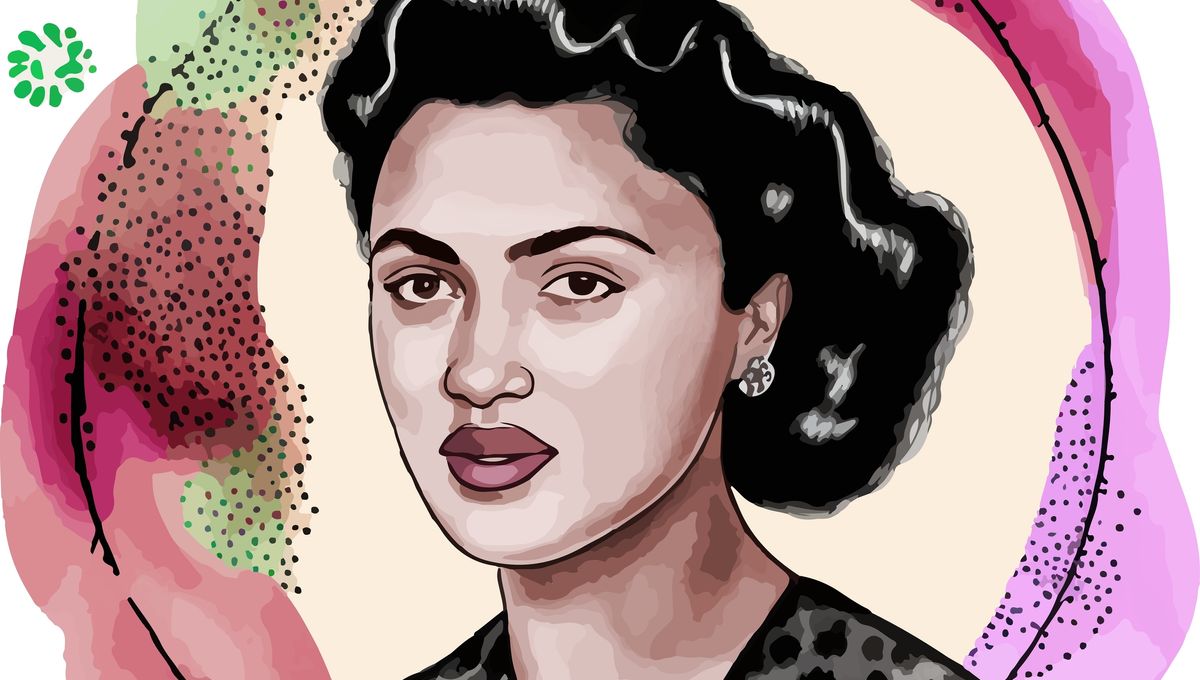Prepare to be amazed by the ancient artworks waiting to be discovered in La Pasiega cave in Cantabria, northern Spain. This region is a treasure trove of prehistoric rock art, boasting over 100 caves adorned with etchings and paintings dating back to the Upper Palaeolithic era, between 50,000 and 12,000 years ago.
Step inside La Pasiega cave and you’ll find a captivating collection of art featuring horses, deer, and even an extinct species of cattle called aurochs. The walls are adorned with quadrangular symbols, stripes, and painted dots, offering a glimpse into the artistic expression of our ancient ancestors.
But there’s more to these artworks than meets the eye. A team from Complutense University in Madrid has used stereoscopic photography to unlock hidden details within the rock art. By capturing two slightly offset images, they’ve created a three-dimensional effect that reveals features previously unseen by the naked eye.

Thanks to this groundbreaking imaging technique, previously hidden animals have come to light. The researchers discovered three previously unrecognized figures, including two horses and an aurochs. It turns out that the prehistoric artists cleverly incorporated the natural dips and dents of the cave walls into their illustrations, adding depth and dimension to their masterpieces.
This study highlights the importance of embracing three-dimensional imaging techniques in the field of archaeology and anthropology. By capturing the full story of cave art, researchers can uncover correlations between images and the unique topographical features of the rock walls.

“Palaeolithic rock art should not be defined only by drawn, painted, or engraved marks but also by the topographical features of the rock on which they are inscribed – the two elements cannot be separated,” the study authors emphasize.
Prepare to be transported back in time as you explore the mesmerizing world of ancient rock art. This groundbreaking study is published in the esteemed journal Antiquity.








